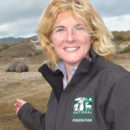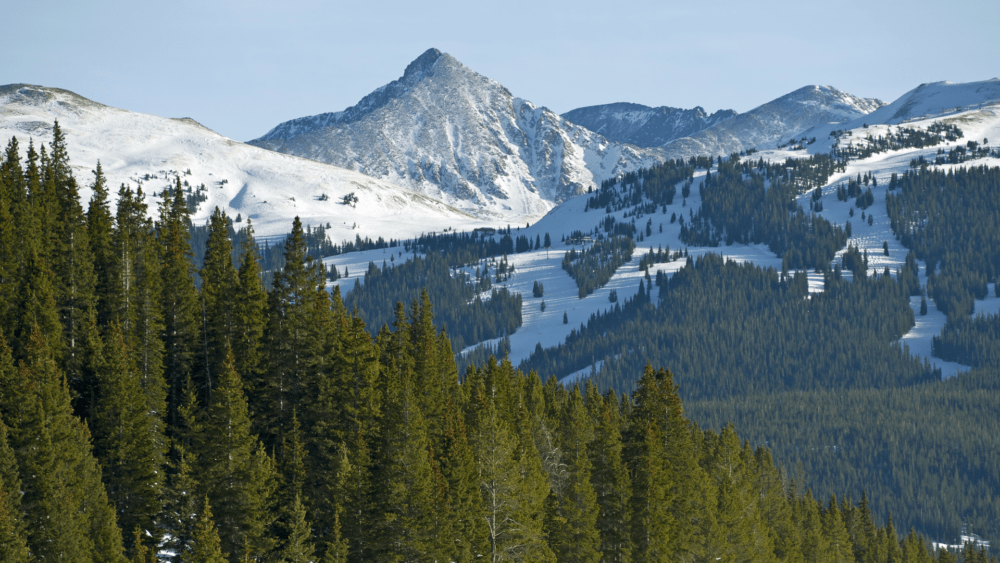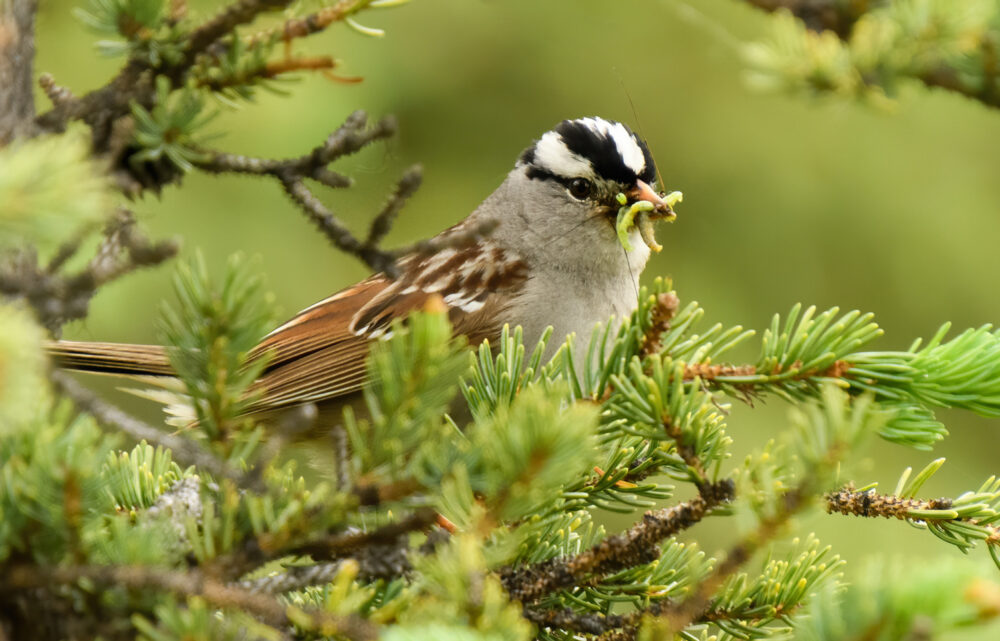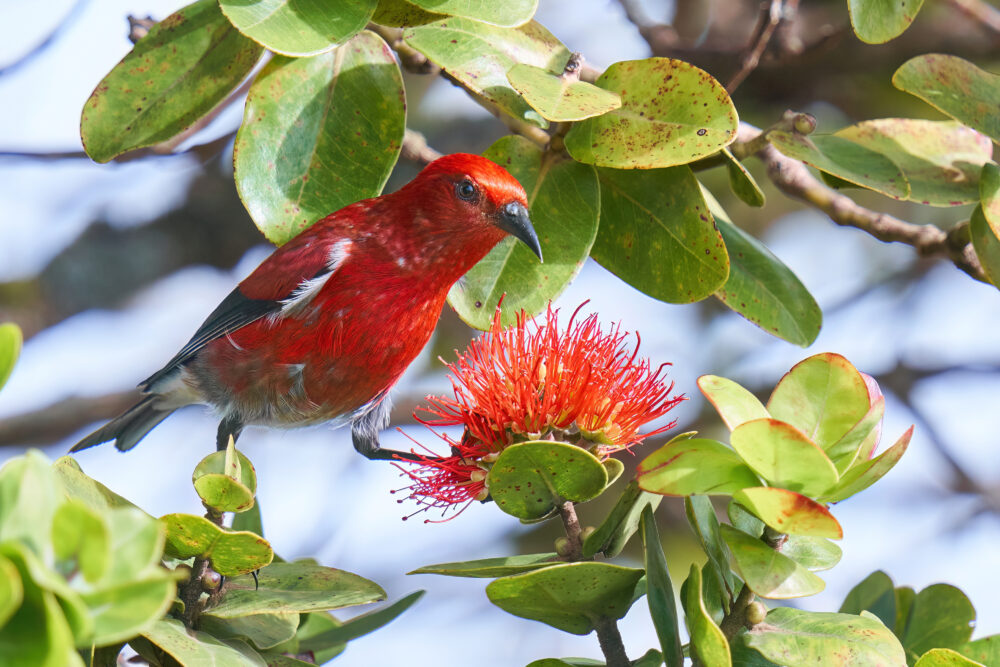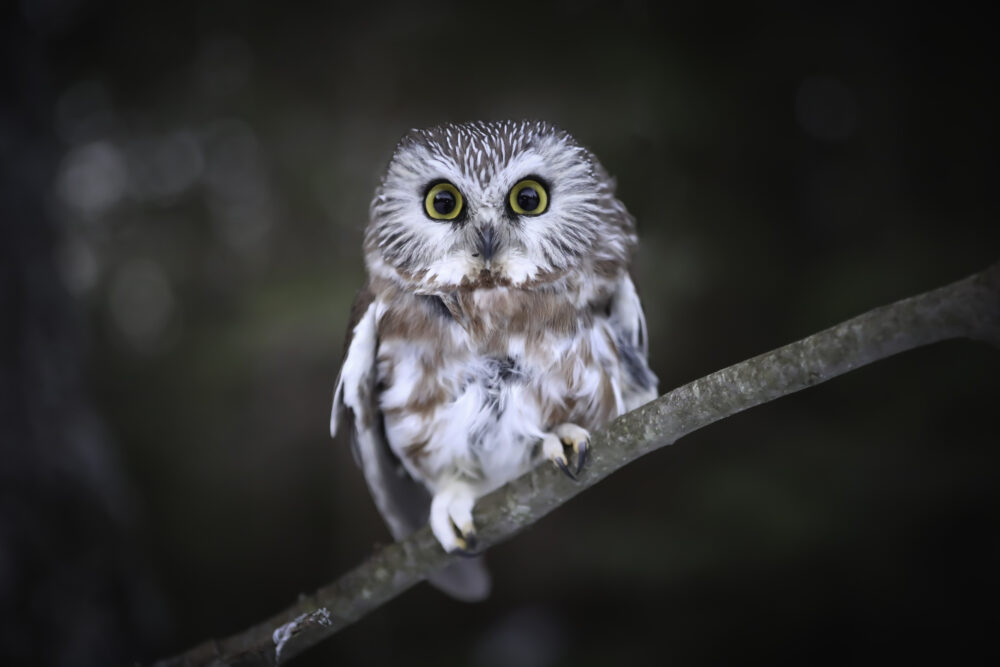We have much more to do and your continued support is needed now more than ever.
Eulogy for a Wolf: A Happy Ending for Yellowstone’s 495M

A few years ago, a friend of mine sponsored a radio-tracking collar through the Yellowstone Park Foundation in my name for the Yellowstone wolf project. I was delighted to receive a letter and photo informing me that my collar had been placed on wolf 495M.
I enjoyed following his adventures when I lived in Yellowstone and always searched for him when I hiked near his territory. It was quite something knowing a wolf was running around the wilds of Yellowstone with my name on his collar. During my time in Yellowstone, I became friends with Doug Smith, Yellowstone’s wolf project leader, and he would always tell me amazing tales about my boy.
495M was a remarkable wolf. At the time of his capture for collaring, he was the largest wolf ever recorded in Yellowstone, weighing in at 143 lbs. The researchers joked that they had darted a bear instead of a wolf because of his immense size. As the alpha male of Mollie’s Pack, 495M also displayed immense boldness. The hardy pack inhabited Pelican Valley in the park’s interior and regularly hunted bison instead of elk—no easy feat even for a wolf. And 495M at age 9—a noteworthy age for a wolf as most die at 4 or 5—still took bison down this year.

495M died last month, probably from a kick from an elk or bison. Why is this a happy ending? Because 495M got to live and die like a wolf. He got to run and hunt and lead a pack as a wild creature, and howl his “outburst of wild defiant sorrow and of contempt for all the adversities of the world” (to borrow some words from Aldo Leopold). Even though his “fierce green fire” has gone out, it’s a happy ending for 495M and for wildlife conservation. And it’s because of groups like the National Wildlife Federation and other non-profits that 495M got to run wild in Yellowstone.
In 1995, a captive wolf bounded from its pen into Lamar Valley—and into the environmental history books—as it represented the successful cumulation of years of challenging work to reintroduce the animal to Yellowstone. For me, wolves represent the fearless, bold, and magnificent character of wildness, and their absence from the Yellowstone landscape was a grave omission. Yet we as a society restored a vital part of the wild (and of nature’s ecological balance) to one of the last wild places on earth.
It’s a challenging time to be involved in environmental work as it seems like political attacks occur daily. But what we all do to help the environment does make a difference. If you need a reminder, just picture 495M loping through Pelican Valley in Yellowstone, chasing bison and howling with his pack.

